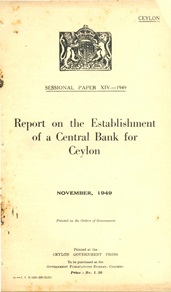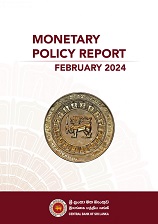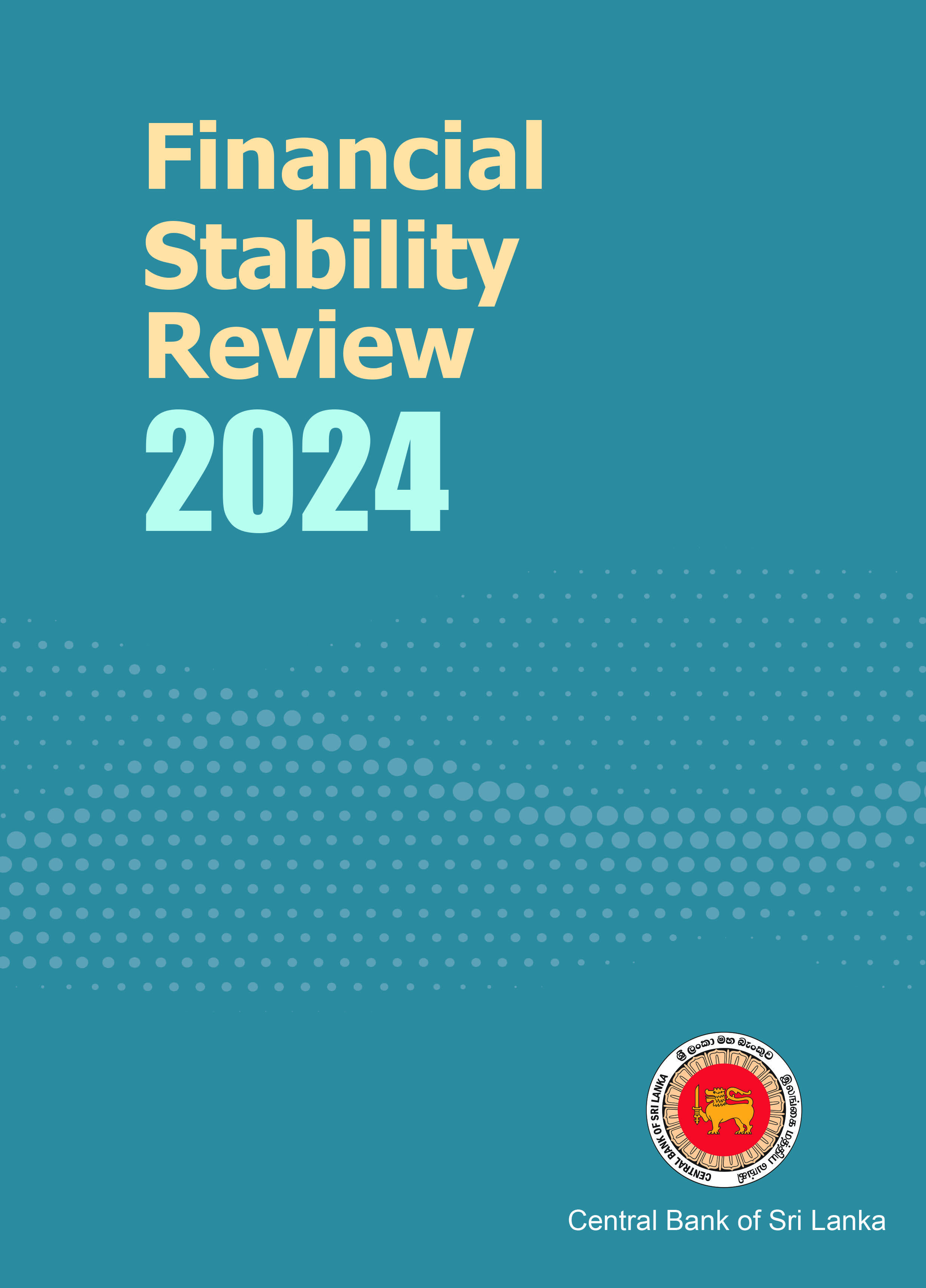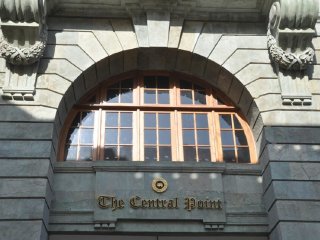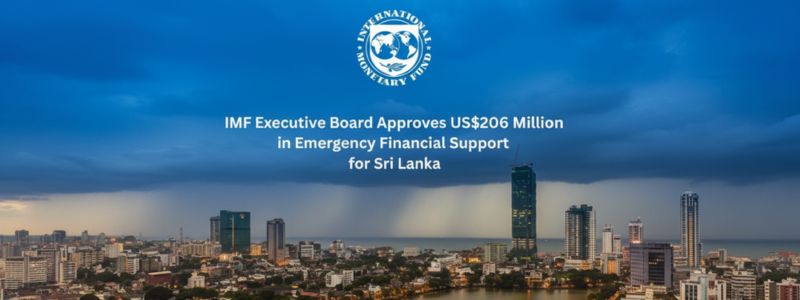Arising from the recommendations of the Presidential Commission of Inquiry to investigate and inquire into and report on the issuance of Treasury Bonds during the period 1 February, 2015 to 31 March 2016 and matters that had come to light over the recent years in audit reports and findings of internal investigations relating to certain regulatory and agency functions undertaken by the Central Bank of Sri Lanka, the Monetary Board of the Central Bank of Sri Lanka, in consultation with the Auditor General, commissioned Forensic Audits (FAs) which were carried out entirely by personnel based outside Sri Lanka, of audit firms with a global practice and international experience who were selected by a Cabinet Appointed Consultants Procurement Committee (CACPC) in compliance with applicable government procurement guidelines. The Auditor General’s representative was an observer on the CACPC.







